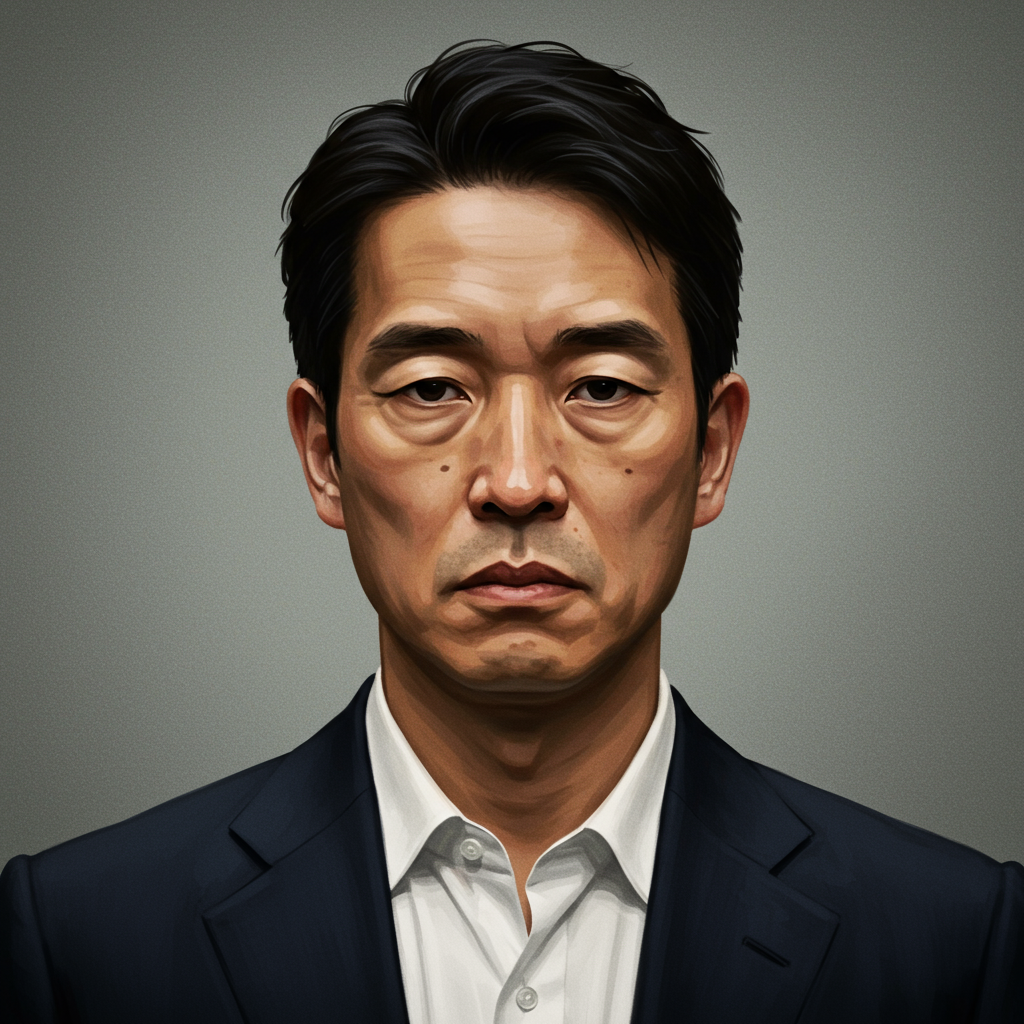Japan has carried out its first execution since 2022, putting to death Takahiro Shiraishi, the infamous figure widely known as the “Twitter killer.” Convicted for the murder and dismemberment of nine individuals in a case that deeply shocked the nation, Shiraishi’s execution by hanging took place on Friday, confirmed by Japan’s Justice Ministry.
Shiraishi, aged 34, earned the chilling nickname “Twitter killer” after his arrest in 2017. His horrific crimes involved luring vulnerable individuals to his apartment near Tokyo using social media platforms. He specifically targeted people who had posted online about suicidal thoughts, offering to assist them or even die alongside them.
A Gruesome Crime Spree Uncovered
Between August and October 2017, Shiraishi met his victims through Twitter (now X). Once they arrived at his residence in Zama, he strangled them. Police discovered the extent of his crimes in October 2017 while investigating the disappearance of a 23-year-old woman; her brother’s access to her Twitter account ultimately led them to Shiraishi.
Investigators found the dismembered remains of eight women, including teenagers aged 15 to 26, and one man stored in coolers and toolboxes in Shiraishi’s small apartment. Media outlets quickly dubbed his residence a “house of horrors” due to the gruesome discovery. Sources indicate Shiraishi also sexually assaulted several of his female victims. The sole male victim was reportedly the boyfriend of one of the women, killed to prevent him from exposing the crimes.
Trial and Motive
During his trial, Takahiro Shiraishi confessed to killing all nine victims. His defense team initially argued for a lesser charge, claiming the victims had consented to die because they expressed suicidal intentions online. However, Shiraishi himself contradicted this defense, stating he killed them without consent.
The court ultimately rejected the defense’s argument, sentencing Shiraishi to death in December 2020. The judge described his actions as “cunning and cruel,” emphasizing that he had preyed upon “mentally fragile” individuals. Justice Minister Keisuke Suzuki later confirmed Shiraishi’s execution, citing the gravity of his crimes, which encompassed “robbery, rape, murder… destruction of a corpse and abandonment of a corpse.” The minister stated Shiraishi’s motive was the “genuinely selfish reason of satisfying his own sexual and financial desires,” and that the case caused “great shock and anxiety to society.”
Capital Punishment in Japan
Shiraishi’s execution is the first in Japan since July 2022. Japan, along with the United States, is one of only two members of the Group of Seven (G7) leading industrialized nations that retains capital punishment. Public support for the death penalty remains overwhelmingly high in Japan, with a 2024 government survey showing 83% view it as “unavoidable.”
Executions in Japan are carried out by hanging. The system faces criticism for its secrecy; inmates are often only informed of their impending execution on the morning it is scheduled. Furthermore, death row inmates often spend years, sometimes decades, in solitary confinement awaiting their sentence, a practice criticized for its severe impact on mental health. As of late 2023, approximately 100-107 individuals remained on death row in Japan.
The case also reignited public debate in Japan concerning the discussion of suicide and suicidal ideation on social media platforms. In response to Shiraishi’s crimes, Twitter (now X) amended its rules to explicitly prohibit promoting or encouraging suicide or self-harm. The tragic case serves as a stark reminder of the potential dangers lurking online and the complex societal challenges surrounding mental health and social media use.


